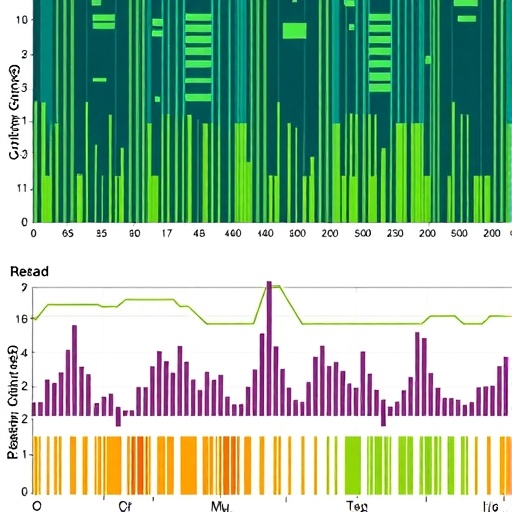Cancer prevention efforts rarely focus on the distinct needs and circumstances of older people, who are at greatest risk for developing cancer, but society can do more to reduce cancer risk and preserve health as adults enter their 60s, 70s, and beyond — according to a new supplement to the journal The Gerontologist from The Gerontological Society of America.
The entire supplement, titled “Opportunities for Cancer Prevention During Older Adulthood,” is available free to view online.
In April 2017, the National Association of Chronic Disease Directors and the Division of Cancer
Prevention and Control at the U.S. Centers for Disease Control and Prevention (CDC) convened a meeting of multidisciplinary experts to examine opportunities for public health action to reduce cancer risk and promote health among older adults. The discussions at this event resulted in the 11 total articles appearing in the supplement.
Serving as guest editors were Richard A. Goodman, MD, JD, MPH, of Emory University and Dawn Holman, MPH, and Mary C. White, ScD of the CDC.
“A comprehensive approach to cancer prevention at older ages would lower exposures to known causes of cancer, promote healthy social and physical environments, expand the appropriate use of clinical preventive services, and engage older adults in these efforts,” the editors write, joined by Lisa C. Richardson, MD, MPH of the CDC, in the opening article.
The supplement’s collection of articles calls for such a comprehensive approach, coupled with an intensified application of evidence-based measures and best practices to reduce cancer risk in the growing population of older adults, and provide innovative insights for exciting new directions in research and practice.
Older people represent a growing population at special risk of cancer. More than two-thirds of all new cancers are diagnosed among adults aged 60 and above. In presenting their research and discussing the state of the science, the supplement’s authors identify a wide range of targets for prevention activities, including improved health literacy, promotion of adequate sun protection, reduced age discrimination and positive attitudes toward aging, studies on the impact of natural disasters and financial hardship on cancer risk, and the appropriate use of preventive health services at older ages.
“Cancer development is a multi-step process involving a combination of factors,” the editors added. “Each cancer risk factor represents a component of cancer causation, and opportunities to prevent cancer may exist at any time up to the final component, even years after the first. The characteristics of the community in which one lives often shape cancer risk-related behaviors and exposures over time, making communities an ideal setting for efforts to reduce cancer risk at a population level.”
###
The Gerontologist is a peer-reviewed publication of The Gerontological Society of America (GSA), the nation’s oldest and largest interdisciplinary organization devoted to research, education, and practice in the field of aging. The principal mission of the Society — and its 5,500+ members — is to advance the study of aging and disseminate information among scientists, decision makers, and the general public. GSA’s structure also includes a policy institute, the National Academy on an Aging Society, and an educational branch, the Academy for Gerontology in Higher Education.
Media Contact
Todd Kluss
[email protected]
https:/




